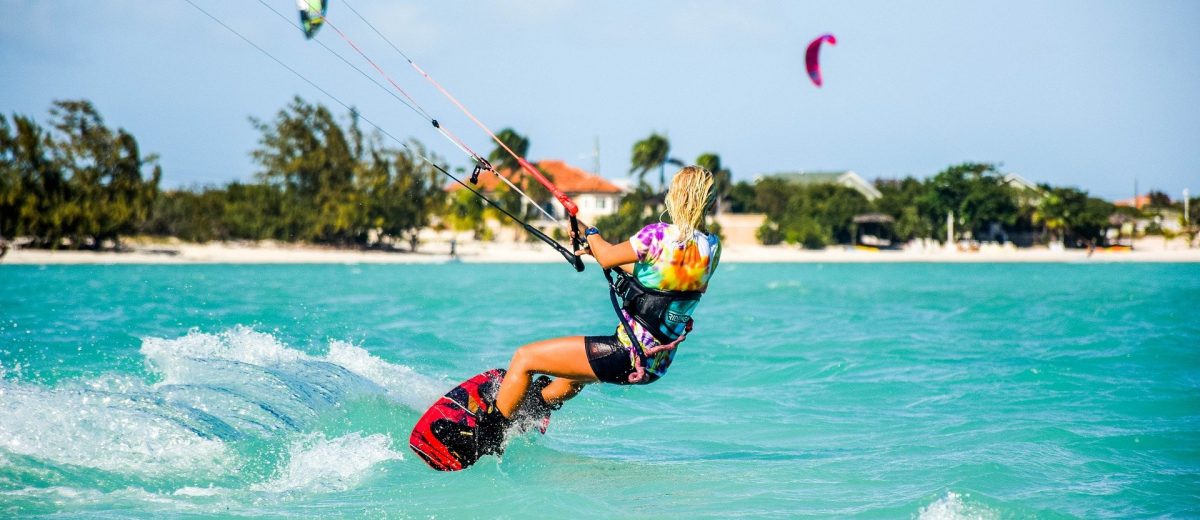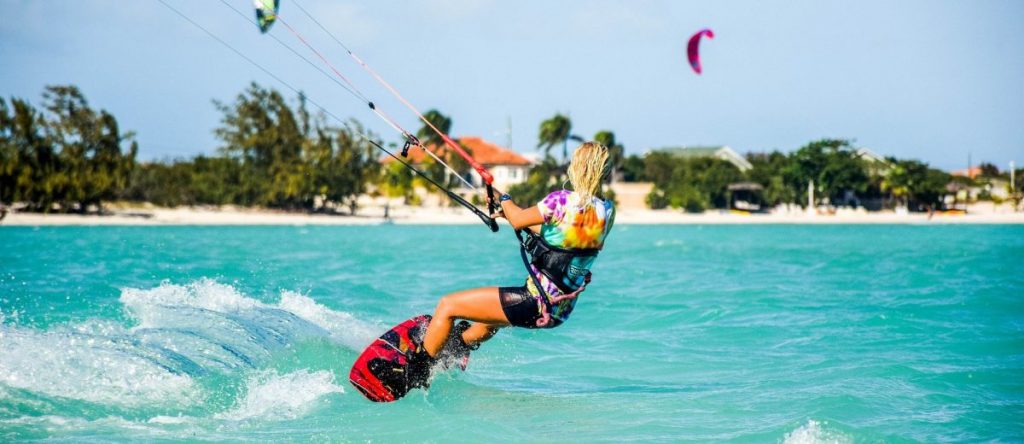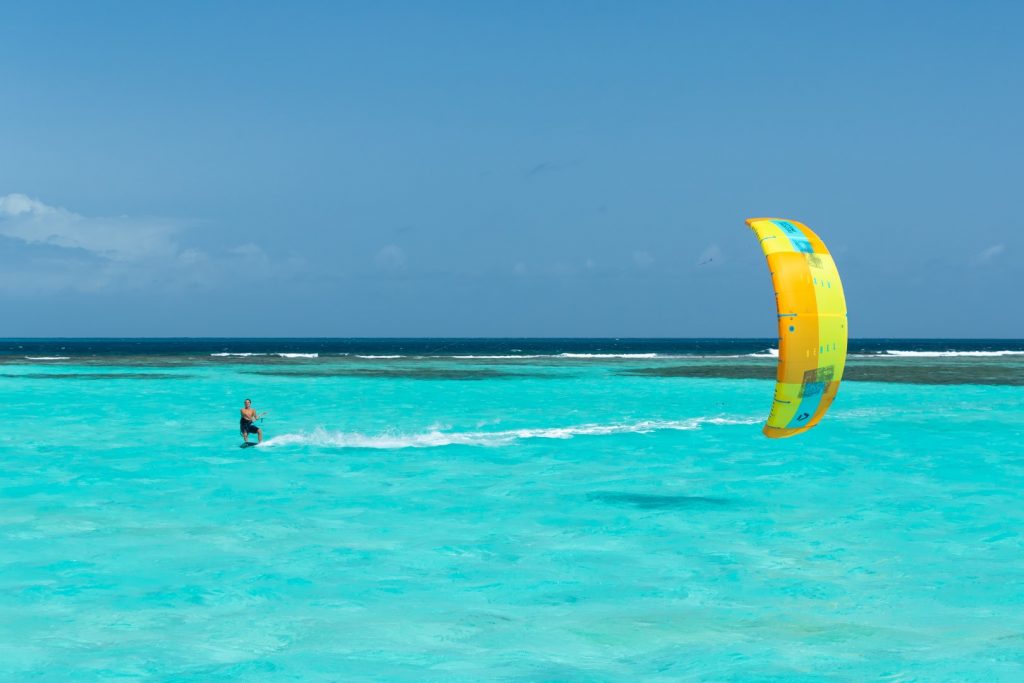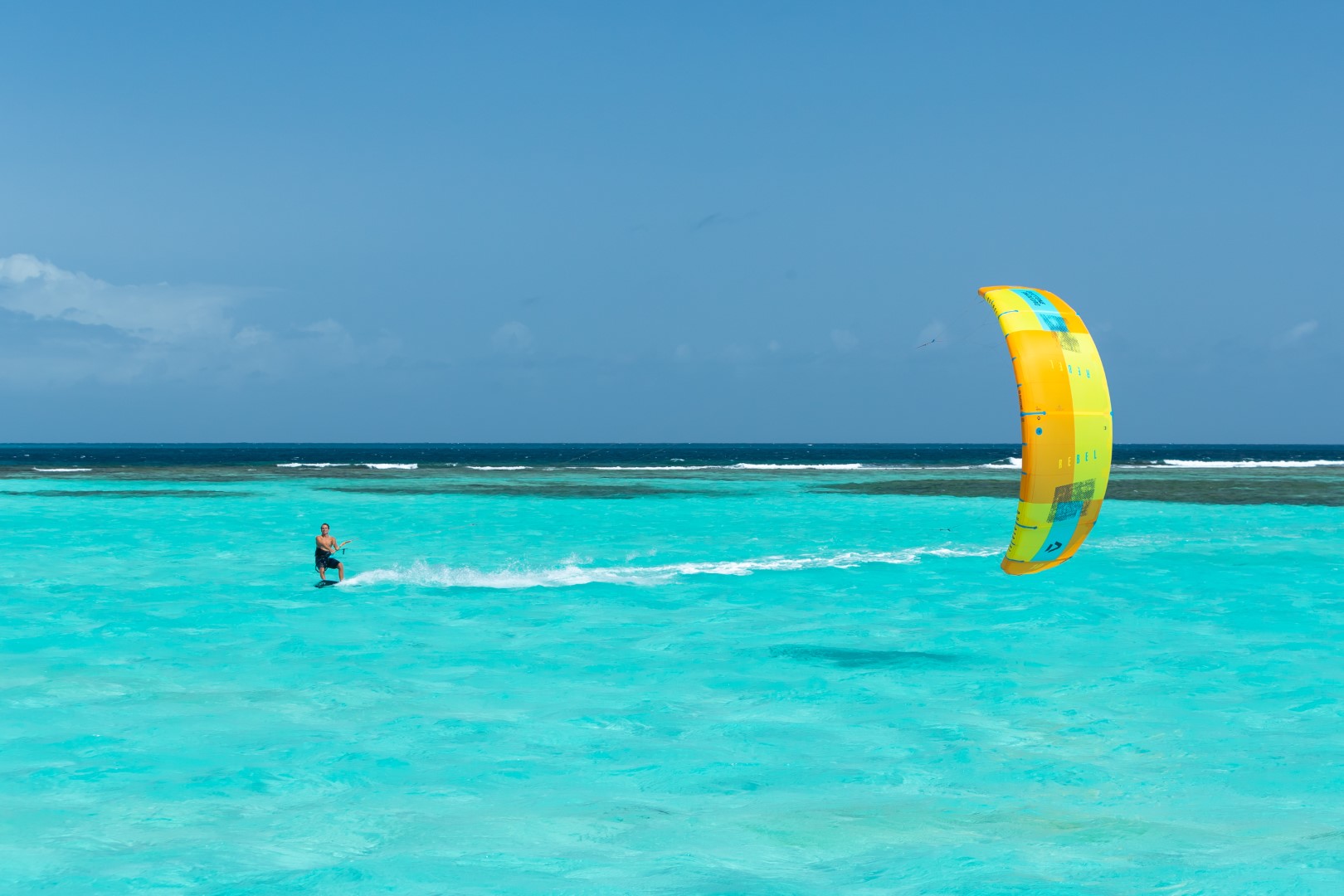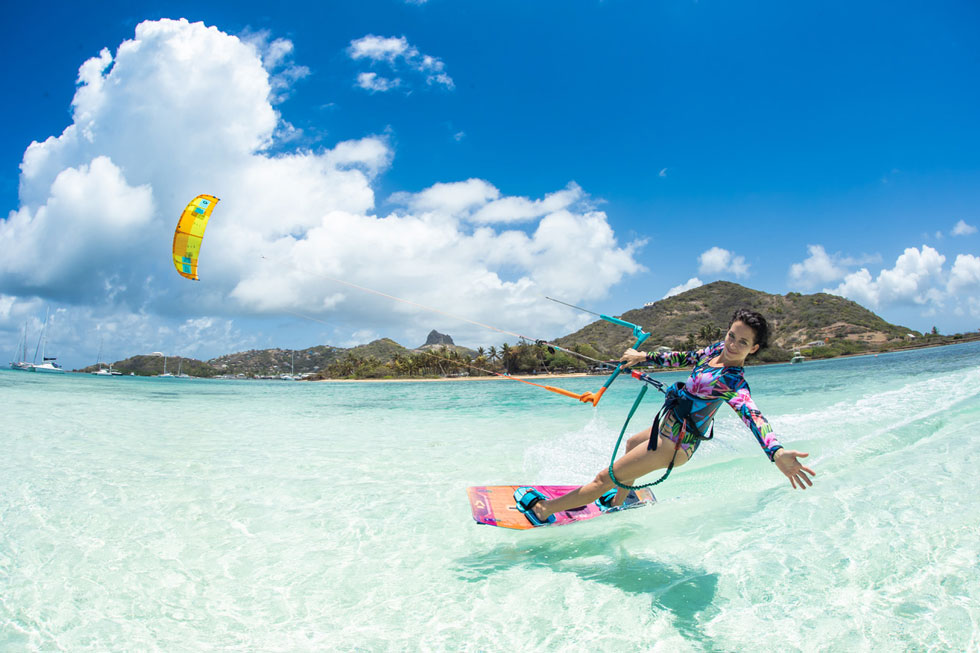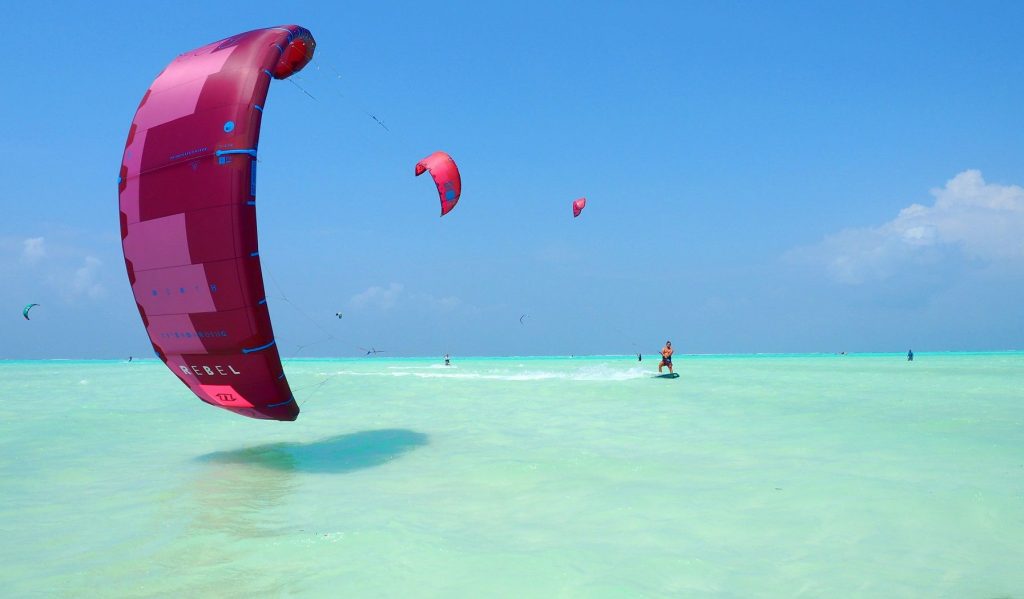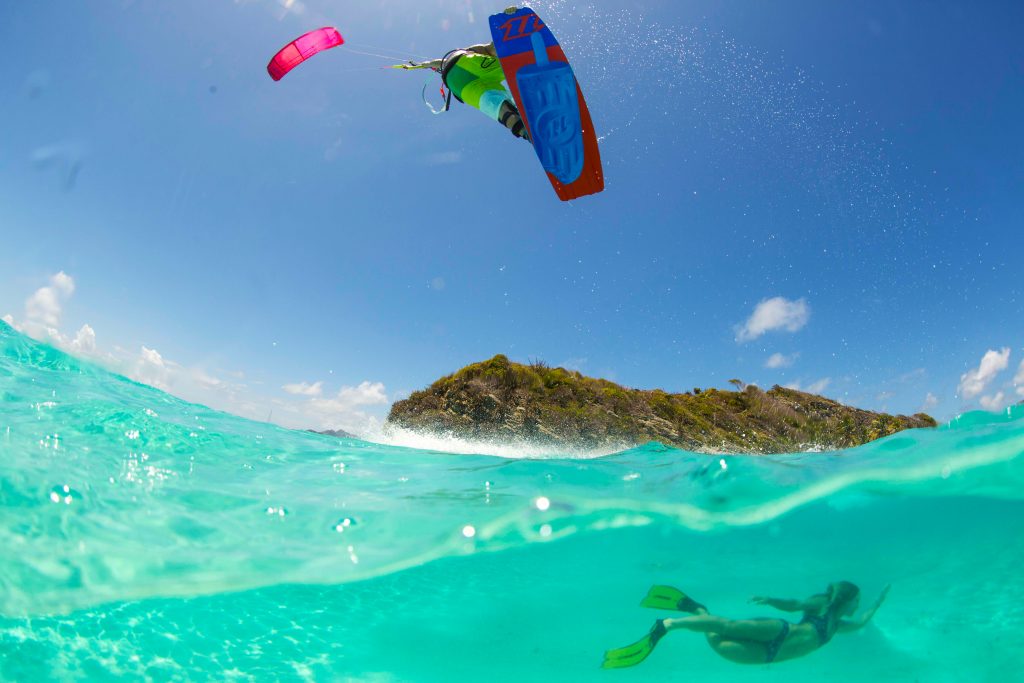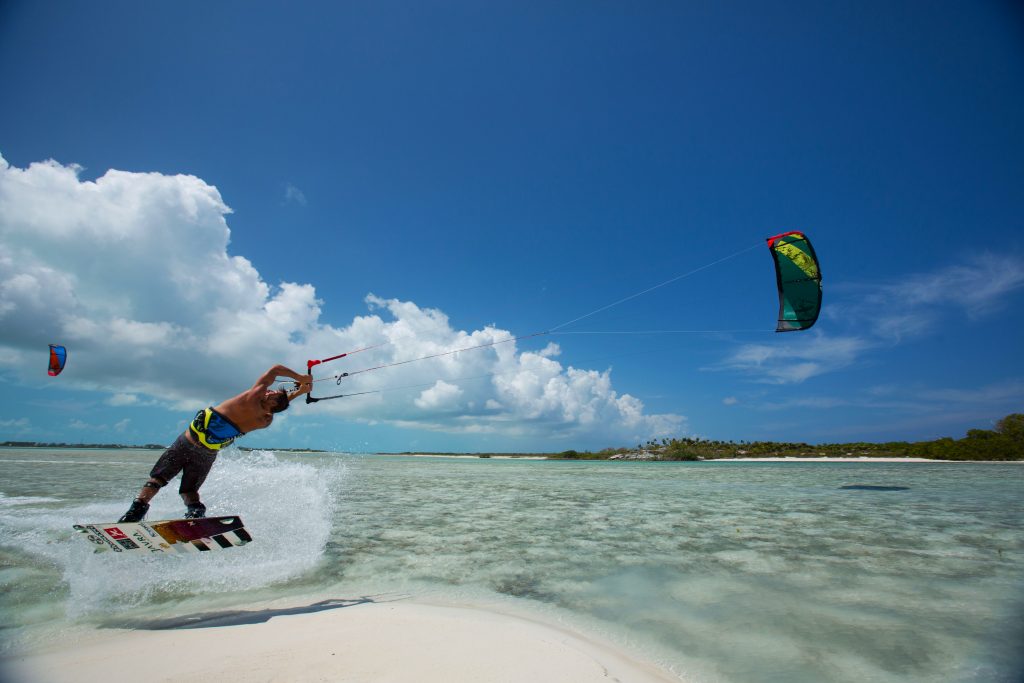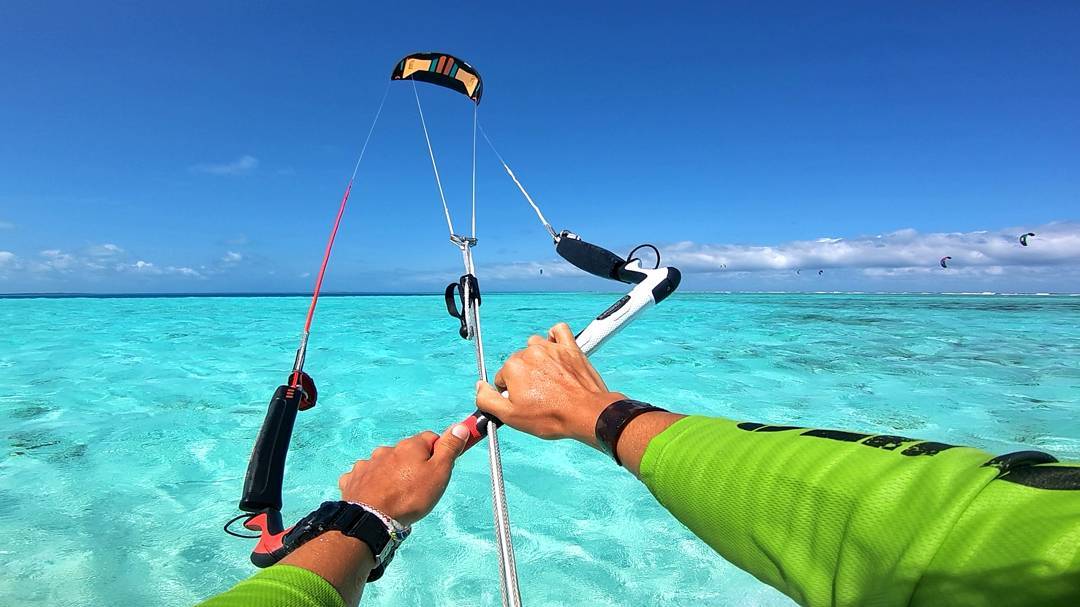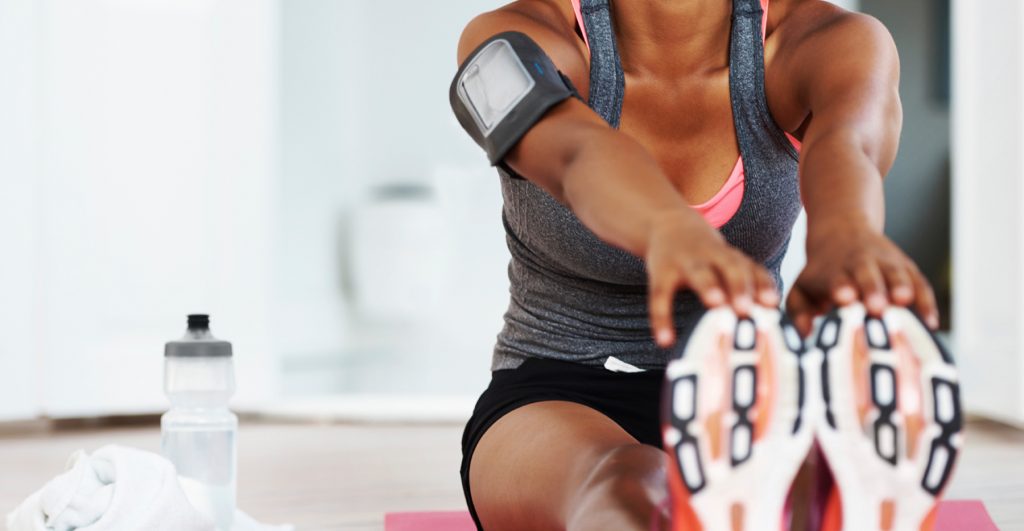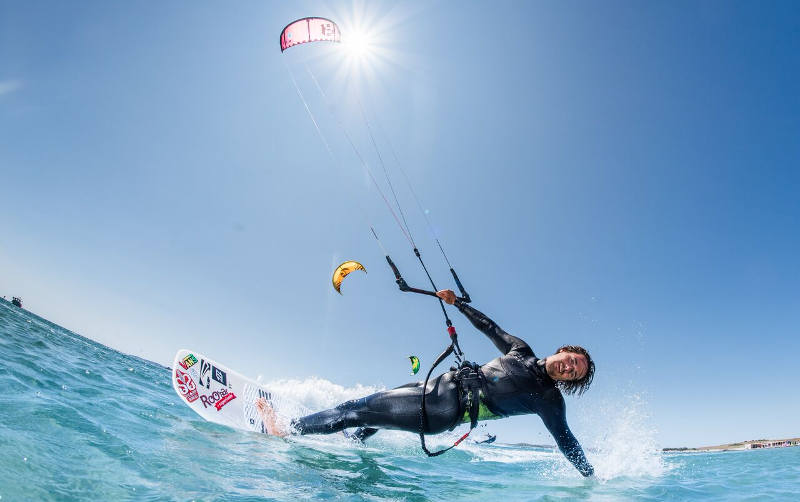
When I first started getting serious about improving my kiting whilst I was off the water, I had no idea where to start.
So the first place I went was my doctors, after all, who knows more about health?
I asked him ”Doc, I feel ok, but I want to feel amazing, can you help?”
My doctor looked at me and said, “Ok great, what symptoms d’you have?”
“Hmmm…nothing really I guess”
“Well I’m afraid I can’t help you young man.” (I was 25 at the time!)
I must have looked pretty disappointed as he went on to tell me something which has stuck with me all these years.
”As doctors we are only trained to cure sickness, you get ill, you come to us, we fix you. But if you’re not sick there’s nothing we can do.
We have a model of what is called health care when in fact it’s sickness care. Health care would be ensuring people never got sick in the first place! How’s this relevant? Well…
Most of us peak in our natural performance between the ages of 15 – 25, some of us, the athletes and those who look after themselves or win the genetic lottery manage to stay there a bit longer, maybe up to 30.
After which it’s generally a long, slow decline towards death…”
“Cheery thought huh?”
“What most people don’t realise is, this isn’t inevitable. In fact there are some people who seem to totally avoid this decline altogether and it can certainly be prolonged long after what is currently considered natural.”
I thought of the various athletes I knew who were considered outliers as they were considerably older than the norm and still dominating their game.
Tom Brady the 42 year old star quarterback of the New England Patriots being a prime example.
“You see, declining performance in ALL areas is a process of death by 1000 cuts. We eat crap, we neglect sleep, we work too hard and for too long, we party too much, we don’t exercise or over exercise, we spend too much time being stressed or don’t apply the right kinds of stress to the body.
In short we abuse our bodies which slowly, slowly, slowly get worn down as a result.
So by the time most of us reach 30, we are operating at 50% of our full potential, at most."
Then he flashed a grin at me and said…“That’s where I come in,
It’s at about this stage people start coming to see me, lack of energy, can’t sleep, gaining weight, feeling tired, depression. If they’re unlucky it might be some industrial disease, CFS, IBS or something else with a name. It might be simpler, just not being as fit as they feel they should be or not being able to bring it like they used to.
There’s still not a lot we can do as doctors at this stage as they generally don’t have any medical symptoms for us to work with.
So they start to self medicate.
They drink coffee to wake them up in the morning, alcohol to knock themselves out in the evening and energy drinks to get through the day.
They throw down painkillers, start doing crash diets which, although they may provide temporary relief, actually throw the body into greater chaos, further reducing their long term performance by adding a few more cuts to those 1000 we talked about earlier.
The insidious problem here is, all their friends are showing similar symptoms as well. So they think their complaints are normal and chalk it up to old age.
One of the major problems in the western world today is the belief symptoms are normal and simply a sign of growing old…I’m telling you after 30 years as a doctor, symptoms are common in our western world…they are NEVER normal. It’s just, we pretty much ALL suffer from them and so believe they are."
“Wow,” I thought this is interesting. So I asked,
“Ok, now you come to mention it, I’ve been noticing I’m not as energetic as I used to be, I struggle more at the gym and on the water, I don’t sleep as well, I get bloated after eating and I’m starting to put on a few pounds…do you think this means I’m not performing as well as I could be?”
“Young man…” he said, looking me up and down, “I believe you are somewhere around the 50% mark…”
“Holy Cow!"
I was the healthiest person I knew!
He continued, “Right now you have 2 choices. You can carry on as you are and continue this inevitable, slow decline into death or do something about it and take your performance back up to 100%.”
“Is that even possible?” I said.
“Oh God yes…
Think of your body like a car, a high performance sports car.
If you take this car and put crappy fuel in it, drive it like a maniac, crash it a few times and never take it for a service or to see a mechanic, in 20 years it’ll be ready for the scrap heap.
But if you take this car and put a new engine in, replace all the parts with new ones and lovingly restore the body work, you can restore it to its former glory. What’s more because technology has advanced in those 20 years, it can actually be rebuilt better.
Biology works in exactly the same way, but it’s easier because it does all the work for you. You just have to give it the inputs it needs to do it’s job…which is actually a lot simpler than people think.”
I left his office inspired…
I spent the next decade and a half straight studying every diet, every bio hack, every emerging technology which could help me do this.
I took a load of courses, ran experiments on myself, I journeyed to remote parts of the world in search of ancient wisdom and the latest cutting edge labs to understand the very latest developments in science,
I talked to the most esteemed experts, athletes and peak performers on the planet…to literally re write my DNA
The result….
After 6 months straight off the water I got back out and landed 3 new tricks in my first session and was substantially better than the last time I had been out. Rather than going kiting once a month, if I was lucky, my new found energy meant I was getting out whenever the wind blew…in fact living in Tarifa I was having to force myself to take days off so I could get other stuff done.
I started ironman triathlon training on the side, I was sleeping 9 hours a night, all my other symptoms cleared up and for the first time in my life I was actually waking up with a massive grin on my face, just excited to be alive.
More importantly I also:
- Kited better and for longer as I was fitter and stronger
- Kited more often as could recover faster and had better stamina
- Had energy to burn and even after a long day at work was itching to get out on the water
- Was able to smash through mental barriers and became MUCH mentally tougher, this meant pulling kite loops no longer fazed me!
- Improved focus and concentration on (and off) the water, no more tripping an edge inadvertently or getting distracted by a beautiful girl kiting next to me (ok I admit it, this one still eludes me!)
- Progressed faster
- Gained confidence to kite anywhere in any conditions
- Lost 2 stone
- Got rid of all those aches and pains and all those little niggling complaints I always thought were just me getting older
- On a vainer note I also started looked younger!
This is what the NTX program can do for you.
You can get started with it here >>
Sam.
